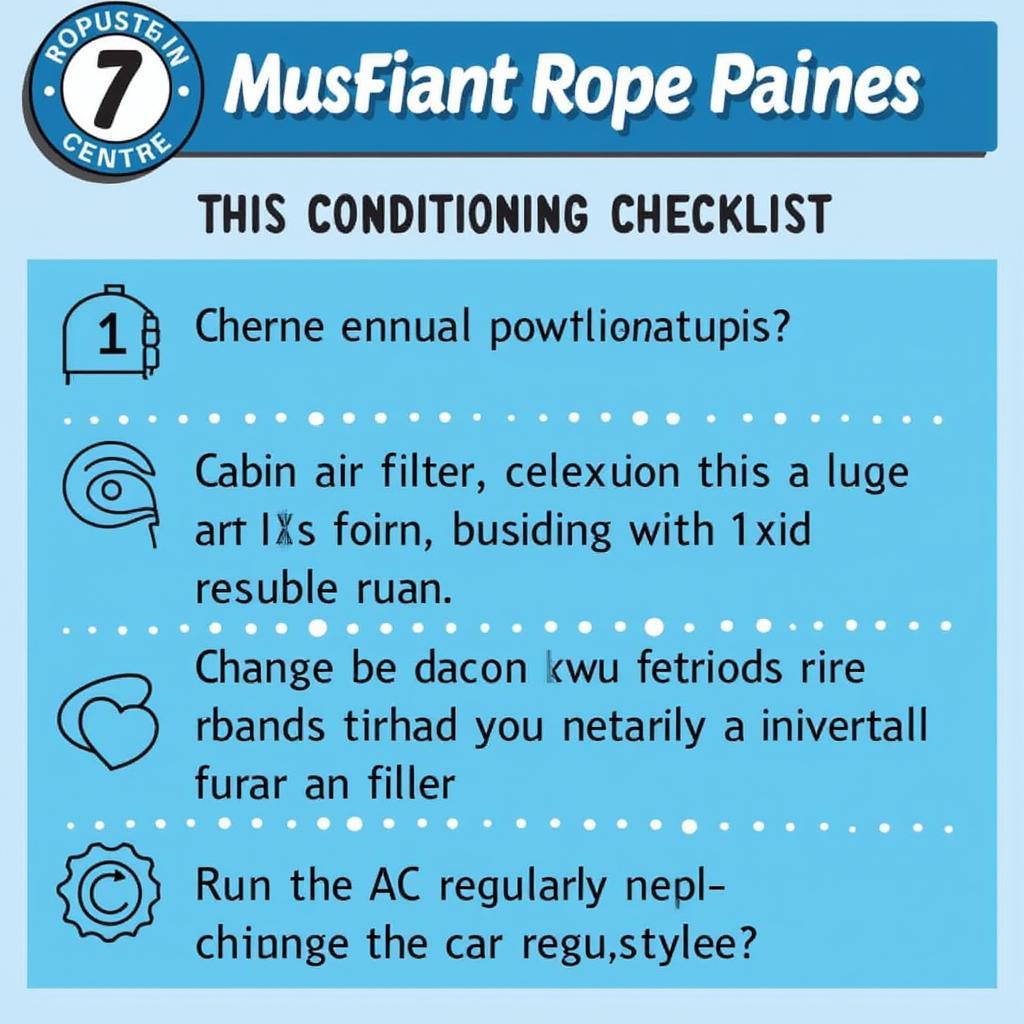How Do You Service a Lease Car?
Leasing a car can seem like a great option – you get to drive a new car for a lower monthly payment. But one question that often pops up is: “How Do You Service A Lease Car?” While it might seem confusing, it’s actually pretty straightforward. This guide will walk you through everything you need to know about servicing a leased vehicle.
Understanding Your Lease Agreement
The most crucial step is to dust off that lease agreement and read through it carefully. Your lease agreement is your roadmap to understanding your service obligations. It outlines:
- Maintenance Requirements: Your lease will specify what maintenance you’re responsible for. This typically includes routine maintenance like oil changes, tire rotations, and fluid top-offs.
- Wear-and-Tear Limits: Lease agreements usually outline acceptable levels of wear and tear. Exceeding these limits at the end of your lease could result in additional charges.
- Authorized Repair Shops: Some leases may stipulate that you get your car serviced at specific dealerships or repair shops. This ensures the use of approved parts and qualified technicians.
Routine Maintenance Schedule
Just like any other car, a leased vehicle needs regular maintenance to stay in top shape. Adhering to the manufacturer’s recommended maintenance schedule is essential:
- Oil Changes: Regular oil changes are crucial for engine health and performance. Most manufacturers recommend an oil change every 3,000-5,000 miles or as indicated by your car’s oil life monitor.
- Tire Rotations: Rotating your tires ensures even wear and tear, extending their lifespan and improving handling. Aim to rotate your tires every 5,000-7,500 miles.
- Fluid Top-offs: Regularly checking and topping off essential fluids like engine coolant, brake fluid, power steering fluid, and windshield washer fluid keeps your car running smoothly.
- Filter Replacements: Replacing your engine air filter and cabin air filter at recommended intervals ensures optimal airflow and air quality inside your car.
Handling Repairs
Accidents happen, and parts can unexpectedly fail. Here’s how to handle repairs on a leased car:
- Contact Your Leasing Company: Before heading to a repair shop, inform your leasing company about the issue. They might have specific procedures or preferred repair facilities.
- Insurance Coverage: If the repair is due to an accident, file a claim with your insurance company and keep your leasing company in the loop.
- Warranty Coverage: For non-accidental repairs, check if the issue is covered under your car’s warranty. Factory warranties usually cover a specific period or mileage.
End-of-Lease Inspections
As your lease term nears its end, prepare for an end-of-lease inspection. This inspection assesses the condition of the vehicle and checks for any excessive wear and tear.
- Pre-Inspection Checkup: Before the official inspection, consider having your car pre-inspected by a trusted mechanic. This can help you identify and address any potential issues beforehand.
- Addressing Wear and Tear: If the pre-inspection reveals any issues exceeding the acceptable wear and tear limits, address them before the official inspection to avoid potential charges.
 End-of-Lease Car Inspection
End-of-Lease Car Inspection
Tips for Minimizing Wear and Tear
While some wear and tear are inevitable, proactive steps can help minimize it:
- Regular Cleaning: Regularly washing and cleaning your car’s interior and exterior can prevent dirt and grime buildup that can lead to premature wear.
- Protective Measures: Using floor mats, seat covers, and a steering wheel cover can help protect your car’s interior from spills, stains, and general wear.
- Careful Driving Habits: Avoiding harsh acceleration, braking, and driving on rough terrain can minimize stress on your car’s components.
Conclusion
Servicing a leased car is all about understanding your lease agreement and taking proactive steps to keep the vehicle in good condition. By adhering to the maintenance schedule, addressing repairs promptly, and minimizing wear and tear, you can enjoy a hassle-free leasing experience.
FAQs
1. Can I service my lease car at any repair shop?
Check your lease agreement. Some leases require you to use authorized dealerships or repair shops.
2. What happens if I don’t service my lease car?
Neglecting maintenance can lead to costly repairs and potential penalties when you return the car.
3. What is considered “excessive” wear and tear?
Large dents, major scratches, torn upholstery, and significant mechanical issues are generally considered excessive wear and tear.
4. What if I need new tires before my lease ends?
You’re responsible for replacing worn-out tires, even during the lease period.
5. Can I buy my lease car at the end of the lease term?
Yes, most lease agreements offer a purchase option at the end of the lease term.

